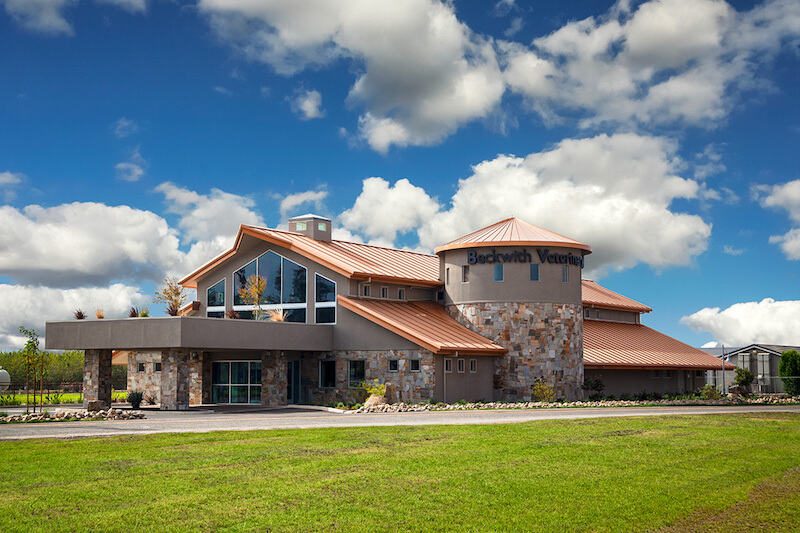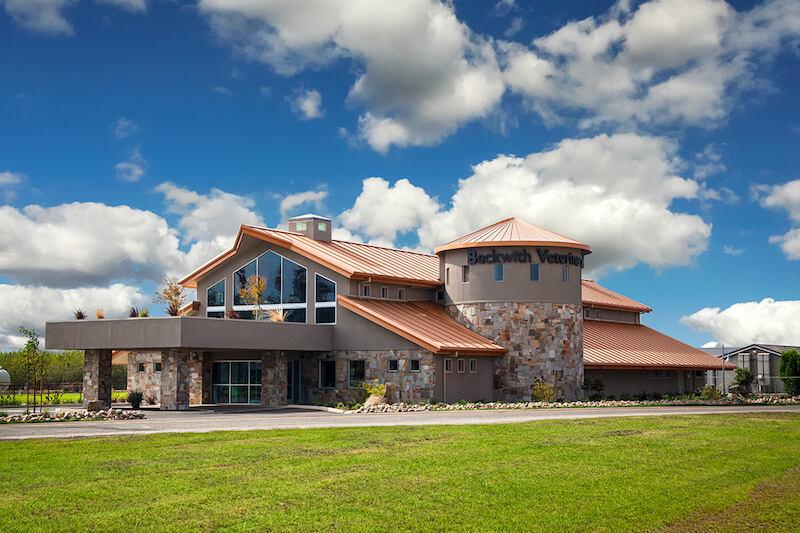From field-cutting techniques and proper tools to suggestions for maintaining the appearance and long-term durability of metal roof and wall panels, this article covers the fundamentals of understanding this common construction practice.
In some cases, field cutting of metal panels, particularly in the case of framed openings, is a viable alternative to cutting in a manufacturing facility. Most metal panel manufacturers will allow (and even encourage) installers to cut metal roofing and wall panels on-site; however, there are some dos and don'ts when it comes to recommended cutting methods, tools, and even the location where the cutting is done in order to protect the panels from damage and ensure the longevity for which metal panels are known.
The following is a description of field cutting metal panels to lengthen the life of the panel.
It is critical to follow specific protocols and guidelines when cutting metal panels on-site, as methods, tools, and even the environment in which the cutting is taking place can all have an impact on the performance and appearance of the metal panels that are being cut on-site. The following are examples of best practices in the field of accounting:
When cutting metal panels on-site or in the field, it is critical to protect the cut edges in order to ensure that the structural integrity of the panels as a whole is not compromised. In order to achieve the best results, it is necessary to closely replicate the cutting process used in the manufacturing facility. The quality level you should aim for will be determined by this as well as by your experience and knowledge.

The fact that Metal roof and wall panels are typically made from Galvalume®-coated steel coil is an excellent starting point because of its long life and protective properties. In order to protect the cut edge of the coated metal coil from deterioration (such as rust and corrosion), manufacturing facilities employ tools and methods that are specifically designed for this purpose. During the fabrication process, the coated metal is also cut to the desired length. This is accomplished either by shearing the coated metal when it is flat before entering the roll former or by using a profile shear as the panels exit the roll former, depending on the application. It is necessary to use these techniques in order to wipe the Galvalume coating across the cut edge of the metal panels. This results in superior corrosion protection along the cut edge of the metal panels.
In the event that field cutting is required after the panels have been delivered to their final destination, it is recommended that the edge of the steel be protected from corrosion by following the recommended strategies and protocols.
When cutting metal panels, it is preferable to cut the panel down on the ground rather than on the roof or over other metal panels to avoid damaging the roof or other metal panels. What is the reason for this? The production of swarf (fine particles of steel debris) occurs whenever metal is cut, and the resulting swarf will fall from the cut area when metal is cut. In the event that these particles land on the roof, they have the potential to stain the surface permanently. A large amount of accumulation in a single location also has the potential to rust completely through a Metal roofing panel, resulting in long-term problems with the roof structure. As a result, you would want to construct the panels in such a way that any scrap can be collected and properly disposed of in the event that it is not collected.
Nibblers, snips, or shears are recommended for cutting White metal roof or wall panels in the field to ensure that the edges are not rusted. The use of tools such as saws, grinding wheels, and torches should be avoided at all costs because they are likely to leave irregular or rough edges that are no longer coated or finished, which will result in the development of corrosion and rust on the surface of the material. Given the fact that a skill saw blade or other abrasive blade will spit out significant amounts of swarf into the air and down onto any panels below (see above recommendations about cutting location), the swarf will embed itself into the panel coating, resulting in the area becoming rusted as a result.

